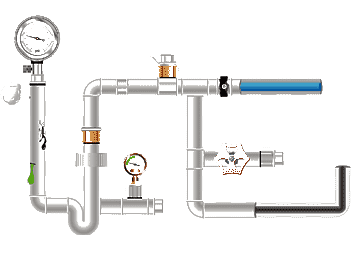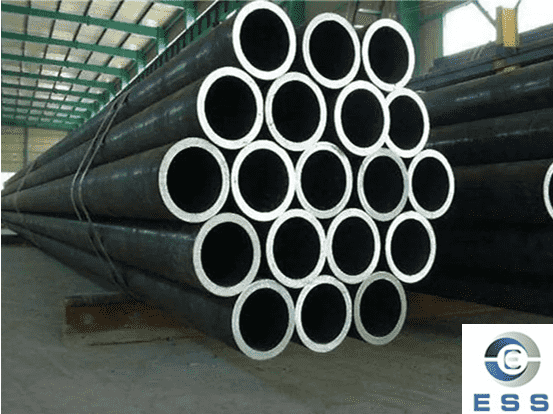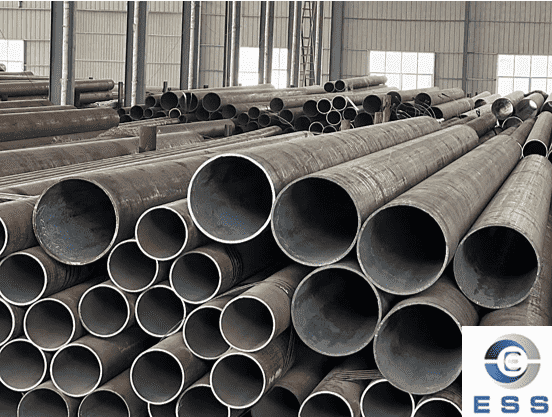What Affect The Absolute Roughness of Carbon Steel Pipes
Date:2024-10-08View:2501Tags:absolute roughness, carbon steel pipe, cs pipe
What Is The Absolute Roughness of Carbon Steel Pipe?
What is the absolute roughness of carbon steel pipe? The absolute roughness of carbon steel pipe refers to the absolute roughness of the pipe's inner surface. The roughness of the pipe's inner surface directly affects the pipe's resistance, which in turn affects its performance, such as flow rate or velocity. The absolute roughness of carbon steel pipe depends on the roughness of its inner surface.
In engineering calculations, absolute roughness is often used together with pipe diameter to calculate friction factors using the Darcy-Weisbach equation or Moody chart.
According to international engineering handbooks and common standards (such as Crane TP-410 and ISO 5182), typical absolute roughness values for carbon steel pipe are:
New carbon steel pipe (uncorroded): approximately 0.045 mm
Old carbon steel pipe (rusted or scaled): up to 0.2–1.0 mm
Therefore, designers typically use 0.045 mm as a reference roughness value for carbon steel pipe in fluid dynamics calculations.

Factors Affecting the Absolute Roughness of Carbon Steel Pipes
The absolute roughness of carbon steel pipes is primarily affected by the following factors:
1. Pipeline Roughness
Polishing, pickling, galvanizing, epoxy coating, or plastic lining can significantly reduce the surface roughness of carbon steel pipes.
Hot rolling, cold drawing, or precision rolling processes result in varying degrees of internal wall finish.
High-precision seamless steel pipes typically have a lower roughness than seam pipes.
2. Corrosion and Abrasion of the Material Surface
After long-term operation, media corrosion and particle abrasion can increase roughness and even lead to scaling.
3. Pipeline Operating Environment and Working Media
If the conveying medium contains sand, particles, or is highly corrosive, roughness deteriorates more rapidly.
Humid, hot, or acidic environments also exacerbate pipe wall roughness.
4. Operation Time and Maintenance
The roughness of new pipes differs significantly from that of older pipes that have been in service for several years.
Regular cleaning and descaling can effectively slow the increase in roughness.
The Impact of Roughness on Carbon Steel Pipe Performance
The roughness of carbon steel pipe has a crucial impact on the operating state and performance of fluids in the pipeline.
1. Excessively Rough Pipe Surface
If the pipe surface is too rough, it will increase resistance to fluid flow, leading to increased turbulence and friction. This will not only reduce pipeline transportation efficiency but also affect the stability of fluid flow.
2. Excessively Smooth Pipe Surface
If the pipe surface is too smooth, it may also lead to insufficient shear force in the fluid, which will also affect the state and flow properties of the fluid. Therefore, properly controlling the roughness of carbon steel pipes is key to ensuring the normal operation of pipeline fluids.
Absolute Roughness Testing of Carbon Steel Pipes
So how is absolute roughness testing performed for pipes? Absolute roughness is generally measured by checking the accuracy grade of the pipe's inner surface.
The main measurement methods include the push-through method and the steel ball method. The push-through method is primarily suitable for pipes with relatively smooth inner surfaces, while the steel ball method is suitable for pipes with relatively rough inner surfaces.
Methods for Optimizing Carbon Steel Pipe Roughness
To optimize the roughness of carbon steel pipes, a series of effective measures can be taken.
1. Production Stage
Precision rolling and cold drawing processes are used to ensure a smooth interior finish.
2. Surface Treatment
Interior polishing, epoxy coating, anti-corrosion plating, and plastic or cement mortar lining are performed.
3. Operation and Maintenance
Regular pipe cleaning and corrosion inhibitor application are performed to prevent scaling and rust.
4. Special Operating Conditions
For pipes conveying high-viscosity or high-purity media, carbon steel or stainless steel pipes with extremely smooth interiors should be used.
These measures not only improve the pipe's compressive strength and corrosion resistance but also effectively reduce surface roughness, minimizing the accumulation of scale, sediment, and bacteria. This ensures stable and safe operation and extends the pipe's service life.
FAQ
1. What Is The Difference Between Absolute And Relative Roughness of Carbon Steel Pipe?
Absolute roughness (ε) is the actual height (in mm) of the surface roughness of the pipe wall and is independent of the pipe diameter.
Relative roughness (ε/D): This is the ratio of absolute roughness to the pipe's inner diameter. It's used in friction factor calculations and better reflects flow conditions under different pipe diameters.
2. Is Lower Roughness Always Better for Carbon Steel Pipes?
Not entirely.
While excessive roughness can increase resistance, an overly smooth surface can lead to insufficient fluid adhesion under certain operating conditions (such as low-speed flow), causing deposition problems. Generally, maintaining the roughness within a reasonable range is sufficient.
Summary
In conclusion, the absolute roughness of
carbon steel pipe is an important factor affecting the performance of the
pipeline, which has an important role in design, selection and flow
calculation. When selecting pipes, the appropriate pipe and pipe internal
surface roughness should be selected according to specific practical
application scenarios and requirements.









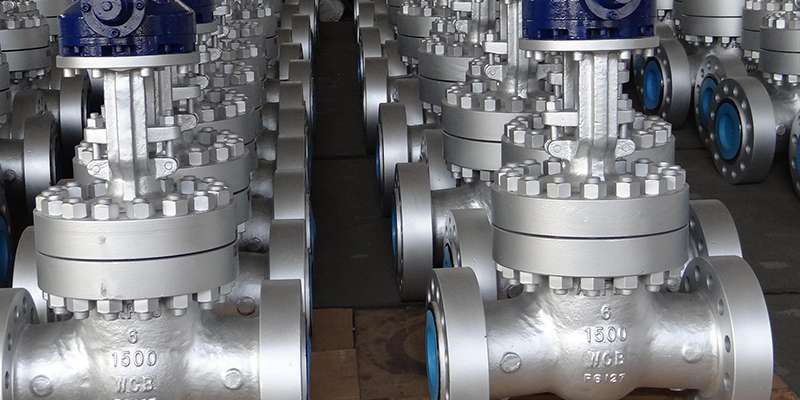



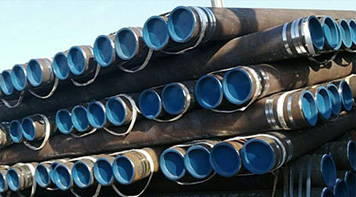 Eastern Steel Manufacturing Co.,Ltd not only improve product production and sales services, but also provide additional value-added services. As long as you need, we can complete your specific needs together.
Eastern Steel Manufacturing Co.,Ltd not only improve product production and sales services, but also provide additional value-added services. As long as you need, we can complete your specific needs together.
